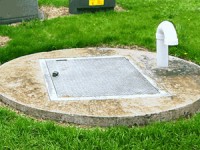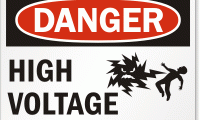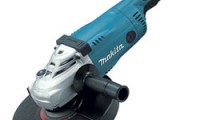It’s shocking to think, but the vast majority of incidents that occur within confined spaces never go reported. Even when they do, fatalities that occur as a result of an accident within an enclosed environment are rarely reported, leading to a lack of awareness of the dangers these environments pose.
The hazards present within a confined space are huge and extremely varied. Anyone who has any interactivity with one of these areas at absolutely any level of an organisation must have the understanding and knowledge to effectively and safely interact with the environment and provide the equipment necessary to do so.
Unfortunately many professionals are gravely injured or even killed every year because of a lack of specialist training within confined spaces. The knowledge necessary to work in these environments isn’t present, leading to a huge risk of danger to those within and around the environment.
The risks don’t stop there either – many of the fatalities that take place are actually those who try to rescue those within the confined space from harm, succumbing to the effects of the space themselves. This is because these employees also don’t have the necessary knowledge to work safely with confined spaces and had they done so, they may have been able to save the life of the trapped person and not place themselves in great danger.
The following story is just one example of an incident that occurred within a confined space:
October 1996 – Local Authority Drainage Department
Two workers employed by a local authority’s drainage department were directed to a small pumping station to pump out liquor ready for another team to carry out maintenance work later that day. The pumping station was classified as a wet well in open ground with surface mounted covers with no associated buildings; the two employees were expected to do the work from the surface, outside of the pumping station.
On the day of work, one of the two men entered the well at attend to the pump inside the well (this could of been pulled out, but wasn’t). Within seconds, due to fumes in the well, the man was overcome, collapsed and died shortly afterwards. His colleague immediately raised the alarm by shouting at several bystanders on a nearby garage forecourt before entering the well himself to provide rescue. As he wasn’t using specialist equipment to do so, he too was overcome and died the same way his colleague did inside the well.
Eventually the local fire and rescue service, dressed in protective gas suits, were able to recover the bodies from the well. Several bystanders who came near the well and fire service staff hosing down the rescuer’s suits were also affected by the materials inside the well.
When taking the bodies to the mortuary afterwards, the paramedics were also overcome from the extreme vapour rising from the bodies of the two employees. This resulted in the bodies having to be sealed inside body bags, the ambulance and hospital staff had to wear respirators when handling the two bodies and extreme measure of protection had to be taken.
So toxic was the mixture of chemicals that contaminated the bodies that relatives also had to wear protective equipment when formal identification was carried out. This, of course, added enormously to their distress.
The bystanders and ambulance paramedics were still receiving medical treatments and surveillance three years after this incident took place and the contaminated bodies of the employees were only released once hermetically-sealed coffins could be provided.
These two victims at no point knew that the fumes/vapours within the well were deadly. Their employers had never trained them to enter such hazardous environments, nor had they ever prohibited such entry.
This negligence by the employer led to a court case, fines and the UK Health and Safety Executive to issue warnings to the press to raise public awareness.
Prevent the Silent Killer
It’s a horrible story, but its also a true one. Countless ones just like this ranging from being overcome by carbon dioxide fumes to a lack of oxygen within an environment kill professionals every single year, but there’s a simple solution to the problem.
Every employer must ensure at all times that their employees have access to the training, instruction and equipment necessary to prevent harm within confined spaces. Risk assessments of a space, adequate training and specialist equipment such as suits/oxygen tanks must be provided and all employees must have rescue equipment and the training necessary to use it safely if they are involved with confined spaces at any point.
Don’t let the silent killer catch you, or your employees. Raise awareness of confined spaces within your staff, carry out confined space training and make sure you have a comprehensive safety program tailored to each risk within your work environment.
Negligence in confined spaces costs lives. Don’t take the risk.








